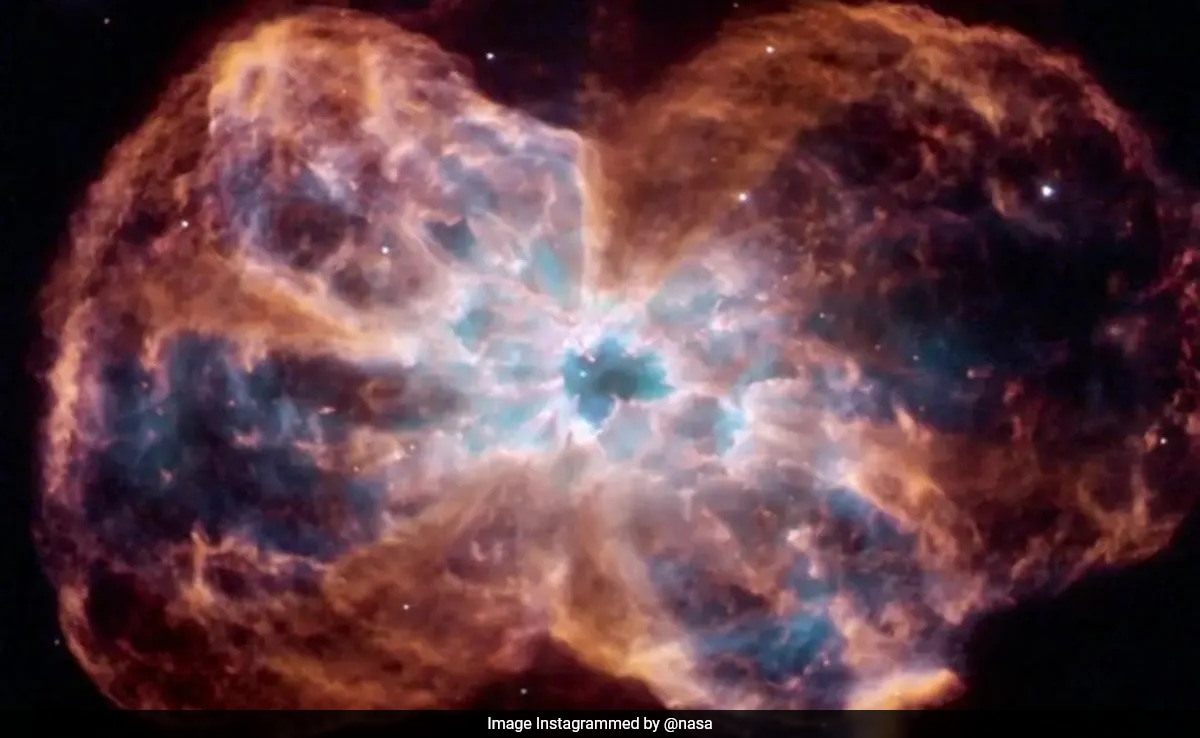
NASA’s post has already garnered more than 203,000 likes.
National Aeronautics and Space Administration (NASA) regularly captures stunning images of our universe, leaving space lovers mesmerized. The Instagram handle of the US space agency is a treasure trove for those who love to watch educational videos and fascinating images showcasing Earth and space. Now, in its recent post, NASA shared a picture of a “bow-shaped” nebula, located 4,000 light years from Earth. The planetary nebula, NGC 2440, spans more than a light-year and is energized by ultraviolet light from the central star, as per the space agency.
“Crafted from the material casted off from the dying Sun-like star as it enters its white-dwarf phase of evolution. Dense ridges of material are swept back from the nebula’s central star creating the bow shape,” NASA wrote in the caption of the post.
“Not just trendy — this star is one of the hottest as well, with a surface temperature of about 200,000 kelvin. The nebula spans more than a light-year wide and is energized by ultraviolet light from the central star,” the caption continued.
Take a look at the picture below:
The image shows a bow-tie-shaped nebula in pink-range colours against the blackness of space. “The center glows in lighter shades including details in blue. Tendrils of gas and dust glow in shades of gold expanding out creating the unique shape,” NASA wrote.
Shared just a few hours ago, NASA’s post has already garnered more than 203,000 likes and several comments. “I swear, outer space creates the most beautiful imagery,” wrote one user. “What’s the name of this bow shaped nebula? It’s giving cosmic coquette,” commented another.
“Unbelievable, it’s to amazing,” expressed a third. “Wow almost looks like a jellyfish,” added another.
Meanwhile, earlier this week, NASA shared a picture of the constellation Camelopardalis. The image, taken by NASA’s Hubble Space Telescope, showed outstretched arms of a large spiral galaxy about 100 million light-years away. This bright spiral galaxy also known as NGC 2441 was first seen by Wilhelm Tempel in 1882, a German astronomer with a keen eye for comets. In total, Tempel observed and documented some 21 comets, several of which were named after him, NASA said in its blog.




